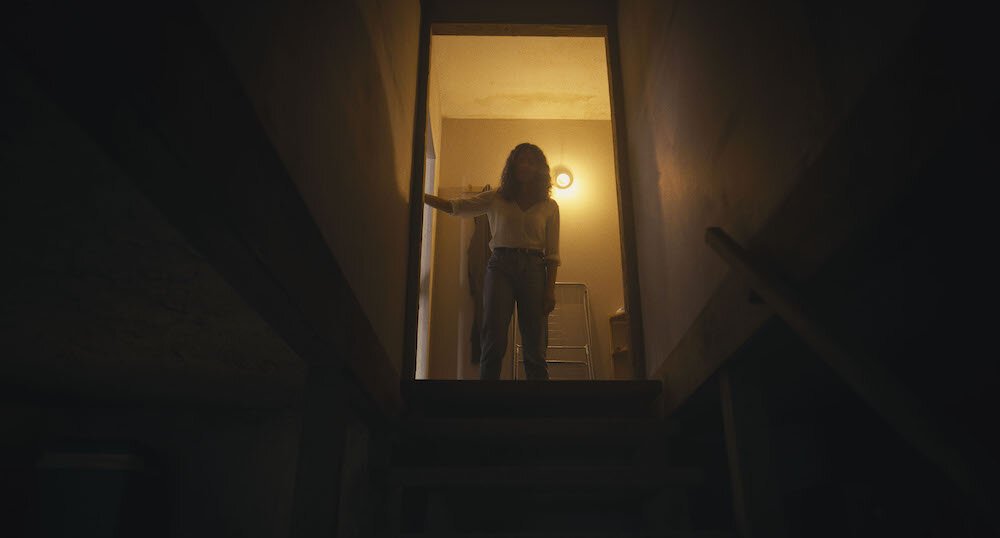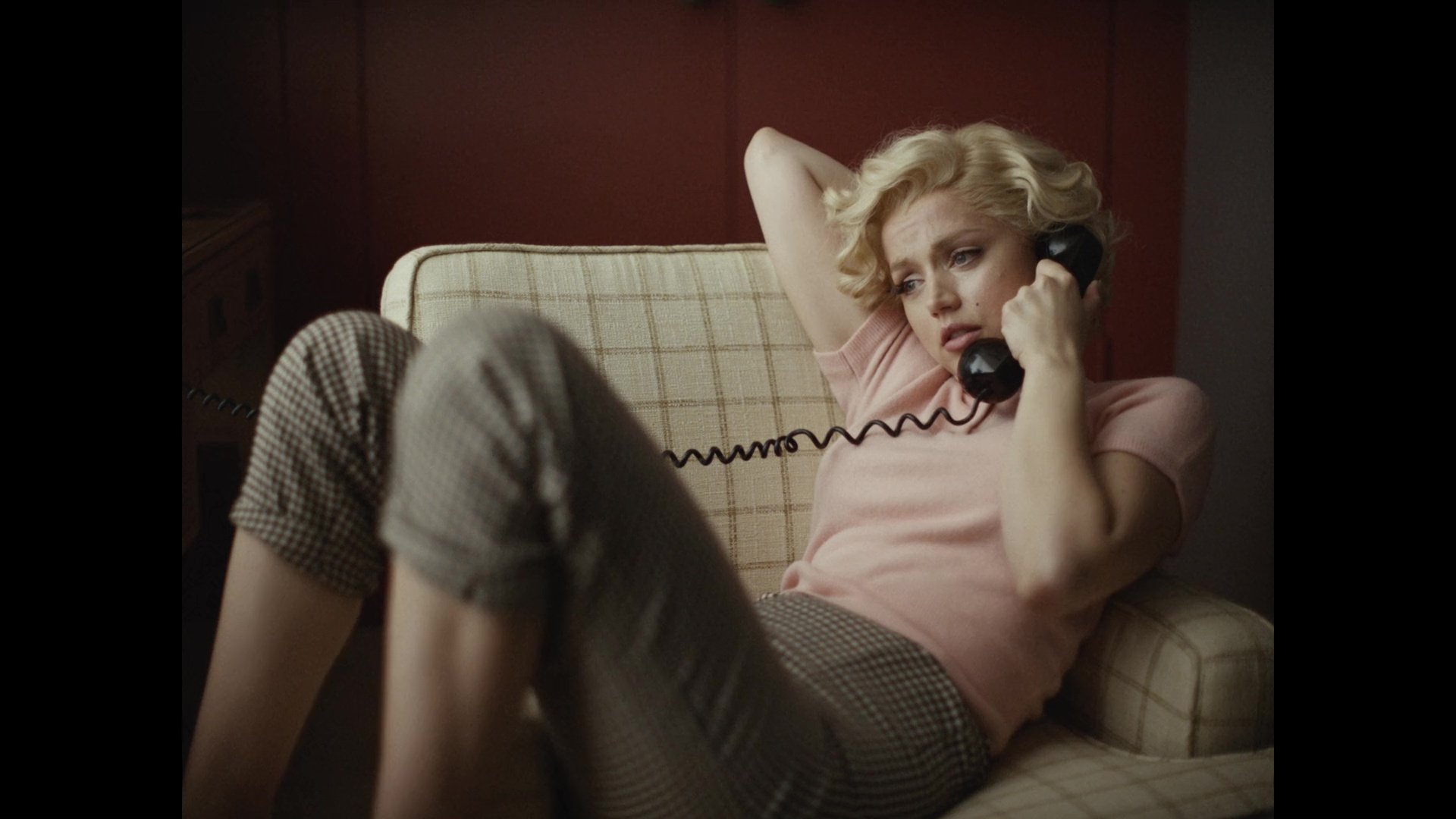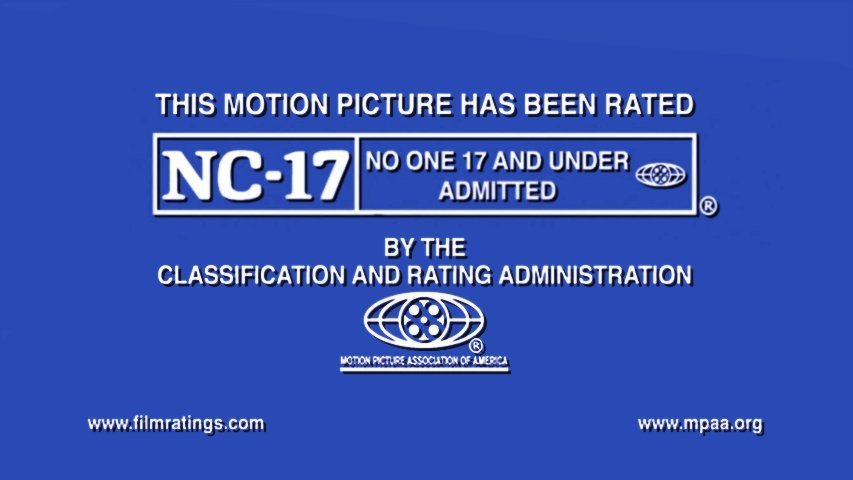2022 ‧ Horror ‧ 95m
It is probably a tale as old as time: teenagers doing stupid stuff. Always a good premise for a horror film. A relatable element in the otherwise unreal situation. Danny and Michael Phillipou’s debut plays with this trope to modest success.
The teens’ aforementioned “stupid stuff” here involves holding an embalmed hand and saying the titular phrase. The holder then sees a deceased person only they can see. The next step is to say “I let you in” and the deceased possesses the holder until the bond with the hand is broken. Don’t go more than 90 seconds, bad things happen if you do that. Naturally, teens film themselves doing this at parties and of course someone breaks the 90 second rule. The concept has a creepypasta/”Bloody Mary” vibe that serves the story well. Talk to Me has a bit more depth than the average internet post.
Sophie Wilde plays Mia, who lost her mother to suicide 2 years prior. She has made a second family with Jade and her brother Riley. They go to a party one night and Mia has a round with the hand, but she stays with it a little longer than 90 seconds. She soon finds herself seeing things and compelled to do the ritual again. This feels reminiscent of Flatliners, but it works for this story as well. During another party with the hand one of her friends has a pretty traumatic experience and then the horror starts in earnest.
The filmmakers seem to be exploring how one copes with grief. There are several references to Mia’s past drug use, and her denying that she is currently using. It might not be the most subtle connection, but the Phillipou’s do a fair job of not making it heavy-handed. Grief has been something horror films have been tackling a lot in the last decade. Talk to Me is not quite up to The Babadook or Ari Aster’s films, but it is on par with perhaps We Are Still Here. It does offer a pretty fascinating form of existential dread, there is a quick vision of the ethereal plane that rivals Event Horizon’s, but it might be more philosophical than overt. More likely to give you chills thinking about the implications later than while watching. This speaks to the film’s staying power.
It is always nice to see R-rated, non-franchise horror. Not that this couldn’t be the beginning of a franchise, but there isn’t much else to really explore after this outing that would not quickly become trite. Heaven help us if some exec wants to explore the origin of the embalmed hand.
It doesn’t break new ground really, but that doesn’t mean Talk to Me isn’t effective. It is a good, somewhat scary, time at the movies.
Grade: C+/B-
~Andrew

























